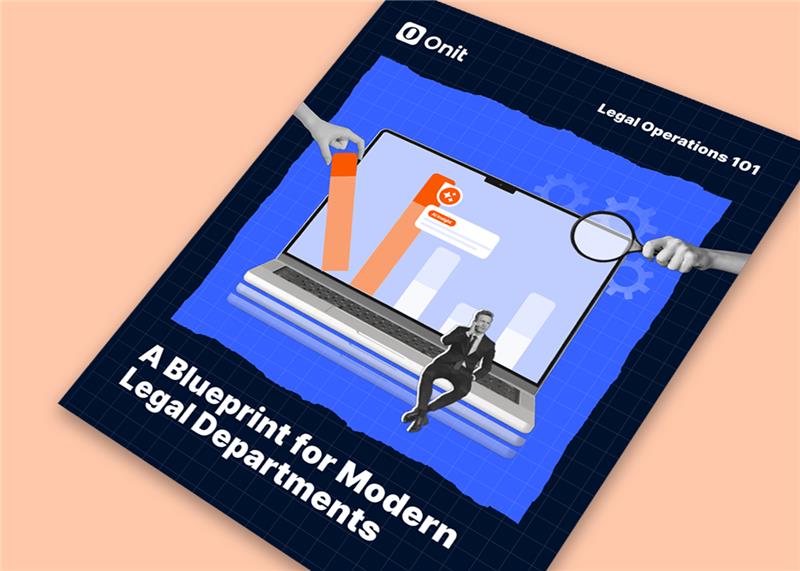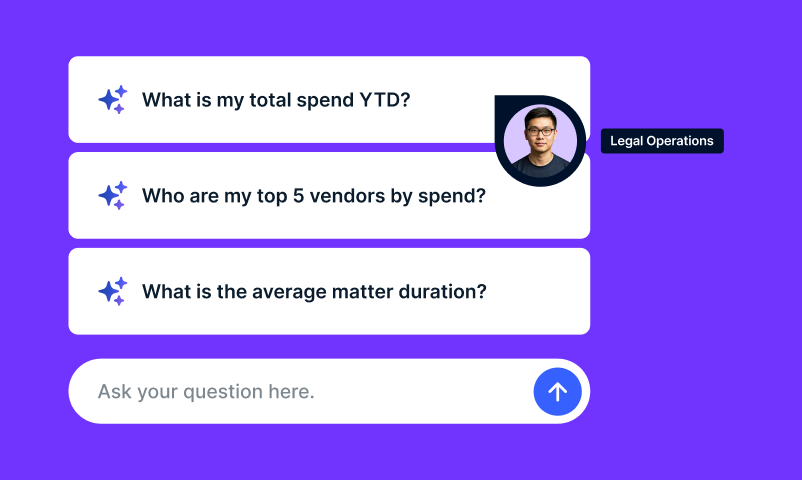You’ve seen the shift coming for a while… now it’s right at your desk. AI for legal teams isn’t a someday conversation anymore. It’s the reality smart legal ops leaders are stepping into right now. But if you’re still waiting for the perfect tech stack to drop from the sky, you’re looking in the wrong place. Probably somewhere between the fax machine and the fantasy budget.
But you know what? The most important thing to get right before anything else isn’t the tool. It’s the team.
AI for Legal Teams Begins with Who, Not Just What
The legal tech market is loud and noisy. Everyone’s promising smarter processes, faster turnaround, and less manual work. But here’s what often gets overlooked: no matter how advanced a tool is, it doesn’t know your business. Not like your team does.
Bringing AI into legal operations is less about shiny features and more about empowering the people who already understand where the work slows down. The ones reviewing line items, redlining NDAs, chasing outside counsel for timekeeper adjustments. They’re the ones who know what needs to change.
Legal ops leaders who succeed with AI aren’t scrambling for new hires. They’re rethinking how their current team is structured and supported. That starts with trust, context, and a framework that gives people permission to question the way things have always been done.
Clarifying Roles Creates Real Capacity
Most legal departments have talent that’s underleveraged, not underqualified. The challenge is clarity. When responsibilities are vague, opportunities for automation fall through the cracks. Time gets lost in follow-ups, escalations, and duplicated effort: the triple threat of legal inefficiency.
AI for legal teams becomes exponentially more effective when roles are aligned to the work that AI can actually support. Think about the person who’s always customizing approval workflows or manually reviewing every invoice line. They don’t need a replacement. They need to be freed up for higher-value analysis, exception handling, or cross-functional collaboration.
That’s not just good for efficiency. It’s good for morale. Empowered legal teams feel the shift when they stop fighting systems and start owning them.

Leadership Is the Difference Between Experiment and Execution
Implementing AI in legal operations isn’t just an IT decision. It’s an operational transformation, and legal ops leaders are uniquely positioned to drive it.
It starts with asking better questions. What’s repetitive and rules-based? What drains the team’s time without moving legal forward? What’s being done “because we’ve always done it that way”? If that phrase had a frequent flyer program, legal ops would have lifetime status.
The answers to those questions will uncover more than just inefficiencies. They reveal opportunities for AI that actually make a difference. The kind that increases transparency, reduces legal spend, and improves collaboration across departments.
That’s how you move beyond experimentation and into meaningful execution.
Great Legal Ops Teams Don’t Work in a Vacuum
AI for legal teams doesn’t exist in a legal-only bubble. The most effective teams are the ones building smart bridges across functions, especially with IT, compliance, procurement, and finance. And not just after the fact, but from the start.
If legal wants to own its AI roadmap, it needs allies who understand the business case and the operational needs behind it. That means getting IT out of reactive troubleshooting mode and into collaborative planning. It means helping finance see spend control not as a reporting exercise, but as a strategic lever.
The best legal ops teams don’t just ask for buy-in. They show their cards. They bring forward a plan backed by realistic implementation steps, accountability, and expected ROI. And they come to the table understanding the risks, concerns, and language of each partner.
The result is fewer roadblocks, smoother execution, and legal that’s no longer seen as “different,” but as an integrated part of the enterprise strategy.

What Forward-Thinking Legal Ops Teams Are Doing Now
If you’re not overhauling your department overnight, good. The smartest legal ops leaders know that progress doesn’t come from massive changes. It comes from small, strategic shifts made consistently and visibly.
Start by documenting where your team spends the most time, especially on tasks that feel manual, repetitive, or invisible to the business. Look for areas where you are double-handling data, reviewing things that should never have made it to your desk, or chasing down missing details from vendors.
Then talk to your internal partners. Find out what IT needs from you to support AI projects more smoothly. Ask finance what data would help them feel more confident in legal’s spend strategy. Look for the low-friction, high-impact changes that set the stage for bigger moves.
The best part? You don’t have to do it all on your own. With the right framework and the right partners, your team can move faster than you think. It all starts with clarity, intent, and the decision to lead.
Of Course Tools Matter, But Timing and Ownership Matter More
Yes, your team needs tools that are explainable, configurable, and purpose-built for legal work. That’s why we created a tech stack checklist to help legal ops leaders evaluate what fits.
Before you dive into demos or explore AI agents with IT, map the workflows your team owns, the bottlenecks that slow you down, and the outcomes that legal leadership actually cares about. Then match solutions to those realities.
A tool with the wrong team is just shelfware: expensive, impressive, and utterly unused. A focused team with the right structure can unlock results in weeks, not quarters.

The Playbook for Legal Ops Teams Who Want More Than Buzz
The AI Legal Ops Playbook was built for legal teams who want to lead with intention, not react to pressure. Inside, you’ll find:
- A strategic framework for team design and role alignment
- A buyer’s checklist for evaluating legal AI solutions
- Tips for communicating ROI to the GC, CIO, or CFO
- Real examples of how AI is helping teams reduce review cycles and tighten spend controls
It’s built for real teams doing real work, not hypothetical tech stacks that assume more resources than you actually have.
The Teams That Will Win Are the Ones That Move with Purpose
AI for legal teams is not a side project anymore. It’s the main event. The training wheels are off and the spotlight is on.
Legal’s no longer in the corner. You’re front and center on the transformation stage. Time to step into the ring and bring it.
AI is already reshaping how the best legal teams operate, and everyone else is just racing to catch up. But real change doesn’t start with tools. It starts with a team that’s aligned, confident, and ready to lead with clarity.
If you’re tired of AI content that talks around legal, this cuts through it. It’s made for you: the team doing the real work and ready to lead. We kept it tight, useful, and totally focused on legal ops. Think of it as your shortcut to strategy, minus the 50-slide internal pitch deck.
Download the AI Legal Ops Playbook
Or if you’re already mapping out your AI plan, let us show you what we can do – Book a demo.




